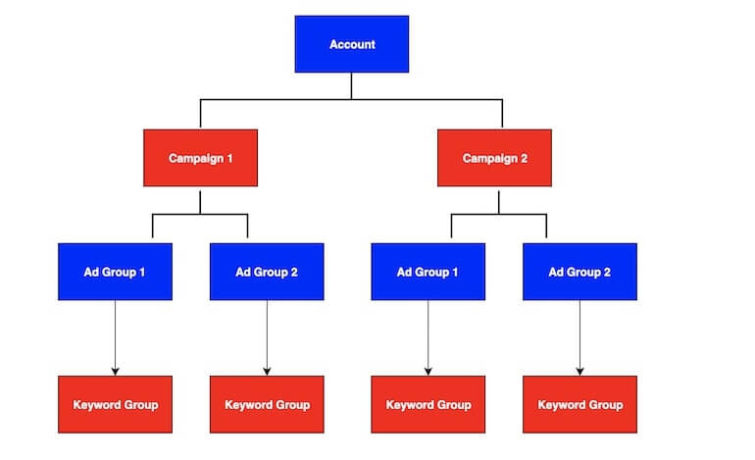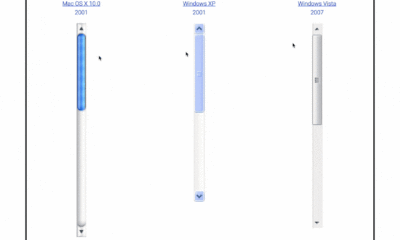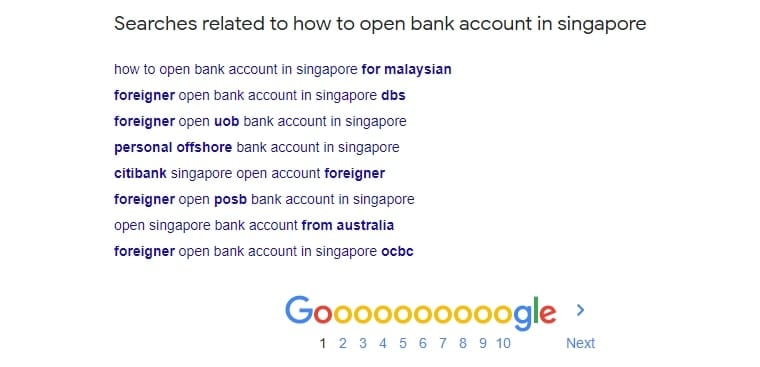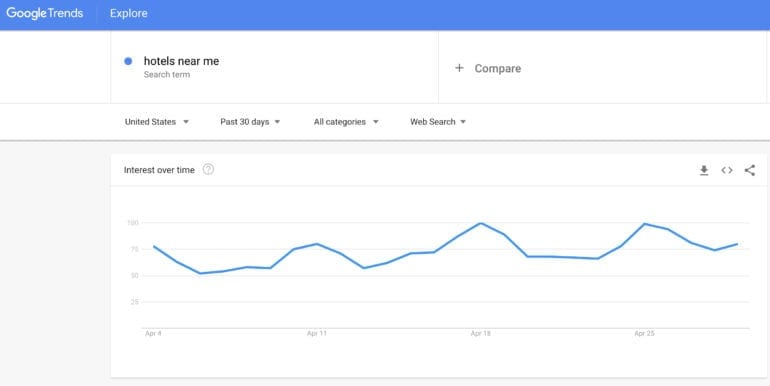HOWTO'S
How To Create A Great PPC Campaign Structure

The way you structure your PPC campaigns is extremely important. Your structure is basically the skeleton or the backbone of your account, and a fantastic structure supports so many other important parts of your account, including your account’s performance. Campaign structure is one of the most crucial pieces of a successful PPC effort, but there are thousands of ways to do it.
While there may be an infinite number of ways to structure your account, there are specific criteria to consider while creating it.
What is Account Structure?
First things first: what do we mean by account structure? Your basic account structure includes campaigns, ad groups, keywords (including negative ones!), and ad copy. Budgets are divvied up into different campaigns. The number of campaigns you need could depend on a few factors including what products and services you offer, which platforms (search, display, shopping etc) you want to include, locations you want to target, or time management capabilities. The more campaigns you have, the more you have to manage and make adjustments to. Campaigns house ad groups. Ad groups are more specific and each ad group targets a specific set of keywords that will trigger a set of ads.
Your structure should look a little like this:
The methods you use to organize all of these groups can be dependent on many different criteria.
Specific Criteria to Consider
- Locations you want to target: Do you have various locations to target? Do you have specific budgets for those locations? If so, then breaking up campaigns by region could be beneficial. Having distinct campaigns for each region makes reporting much easier!
- The structure of your website and the products you offer: Is your website structured in a way where you would have specific landing pages to send users? Let’s say you sell computers. If your website is designed to have specific pages for specific brands, then maybe breaking your campaign up by brand name would be beneficial.
- Your goals and how you will report on them: How do you want to view statistics? The way you structure your account can help with reporting on all of the stats you want/need to see. Do you need to provide reports to various teams? For example, maybe you are a school that offers undergraduate as well as graduate degrees. If you need to send separate performance reports to each program, then splitting the programs up by campaigns or accounts would be beneficial. If you plan on bidding on your brand or branded keywords, make sure you segment these out in their own campaigns. Brand/branded keywords perform MUCH differently as compared to non-brand keywords.
Why Does Structure Matter?
Having a terrific campaign structure will help with:
- Budgeting
- Optimizing the Account
- Quality Score
- Writing Ad Copy
- Reporting
Budgeting and Optimizing the Account
By segmenting your keywords into tightly themed groups, you will be able to control where your budget goes. If you have one broad keyword that has much more volume than another, let’s say your brand name, you could soak up all of your budget on the broad keyword and miss out on your brand showing! If you have a specific product set that gets an additional budget, it is easier to implement this change if your structure is designed with that particular segmentation. When it’s easier to make budget changes, it makes optimizing the account easier. You can easily gauge performance or make any necessary adjustments if all of your ad groups and campaigns contain a tightly themed group of keywords.
Quality Score and Writing Ad Copy
Your quality score can determine if your ad will even show. Grouping your keywords into tight themes helps you be able to write your ad copy to be super relevant to your keywords. Each “theme” could have its own campaign or ad group. This helps tie your keywords, ad copy, and landing pages all together which helps your quality score. It is also much easier to write fantastic ad copy if you are writing it for a themed group of keywords.
Reporting
Having your campaigns properly structured and named will make reporting a breeze! You will be able to group important statistics together or show the performance of brand vs non-brand campaigns, for example. You will be able to quickly pull numbers that help gauge performance towards your goals if you structure your campaign correctly. I mentioned that brand/branded campaigns perform a lot differently than non-brand ones. If you segment them out, then you can easily create a report on specific performance.
Since there is no one way to structure your account, you need to think about all of your goals and budgets to help determine the best structure for you and your account.
*Level-Up Tip: make sure you name all of your campaigns and ad groups in a way that lets anyone in the account, now or in the future, know exactly what keywords, match types, or targeting tactics are being used.
Keyword Gathering
Once you have an idea of how you want your structure to look, it is time to gather up all of the keywords you want to bid on. It is time to research and dig in and figure out everything you can about your customers. To be able to choose which keywords you want to bid on or what specific values you want to express in your ad copy, you need to understand who you will be trying to reach. It is also helpful to check out the landing page(s) you will be using. Think about using brand, branded, or competitor keywords as well.
Start creating your initial keyword list of every word or phrase your customer would use to search for your product or business. To help with your research, Google has a handy Keyword Planner tool that helps turn your keyword ideas into a plan. It also gives some insight into where the volume is or how much it could cost to bid on certain terms. This helps you develop your campaign budgets. Don’t forget to include all of the different match types you want to use! Also, don’t forget to think about what kind of searches and clicks broad keywords could bring it!
*Level-Up Tip: Use negative keywords to block traffic you don’t want as well as use strategically placed negatives to ensure traffic goes exactly where you want it too.
Setting Up Your Structure
Now that you have all of the keywords you want to bid on, it is time to organize them! Try to create tightly themed groups of keywords. You can separate match types by ad groups or even at the campaign level. The tighter your keywords are, the easier it will be to gauge performance, write very specific ad copy, and make any adjustments. Make sure when you are naming your ad groups and campaigns that you stay consistent. Be sure to name them with a method that helps you easily pull any necessary data and know exactly which keywords/ads live in which ad group.
Here is an example:
Let’s say I own a bakery that sells cakes and donuts. Yum. I sell two different kinds of cakes: wedding and birthday. I also sell two different types of donuts: yeast and cake. I also have landing pages dedicated to each type. I’ll want to bid on all keywords associated with these products. If I grouped all of these keywords together, it would be difficult to serve a specific ad to a user searching for my products. I wouldn’t want someone searching for a wedding cake to be served an ad about donuts. Each ad group will have its own set of ads. I may structure my account like this:
Another way to continue to break my ad groups down is to have an ad group dedicated to a specific match type. Let’s say I plan on using exact match keywords as well as broad match modifier (BMM) keywords. I could have an ad group called Wedding Cakes – Exact, Wedding Cakes – BMM, etc. This helps me be able to gauge performance faster and easier. Since all of my wedding cake keywords reside in their own ad group, I can tailor my ads to be specific to wedding cakes and take users to my specific wedding cake landing page.
It may take a bit of time upfront to organize and structure your campaigns, but it is worth it in the long run! If you take away anything from reading this, let it be:
- Naming conventions are extremely important! Be detailed and consistent.
- Make sure you are thinking about your goals while structuring your account.
- Segment your campaigns to help report on statistics (Locations, brand vs non-brand, platforms being used, etc).
- Think about the time to manage everything. If you have limited resources, don’t have hundreds of campaigns!









